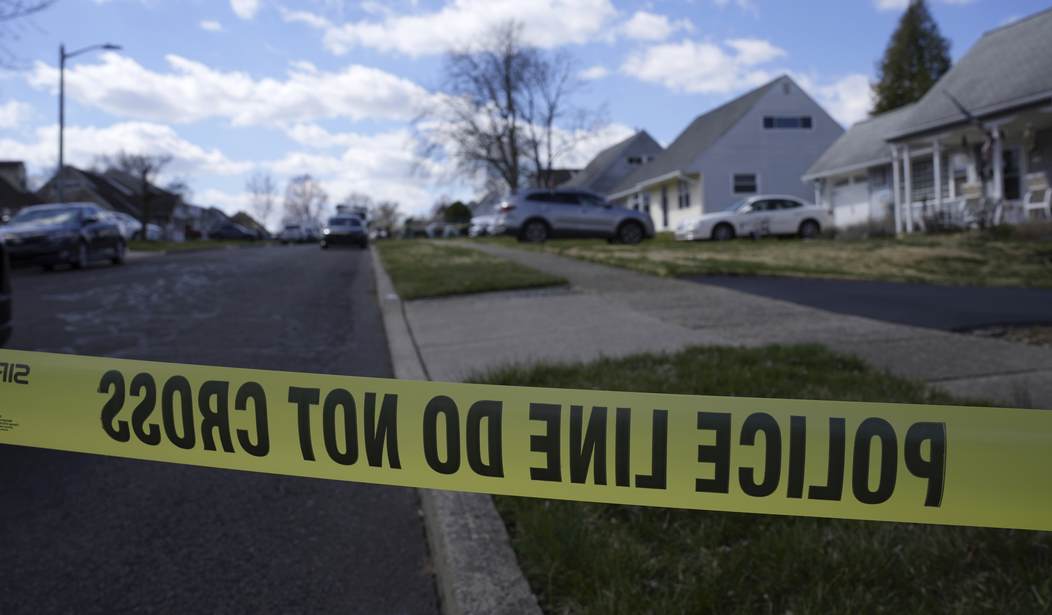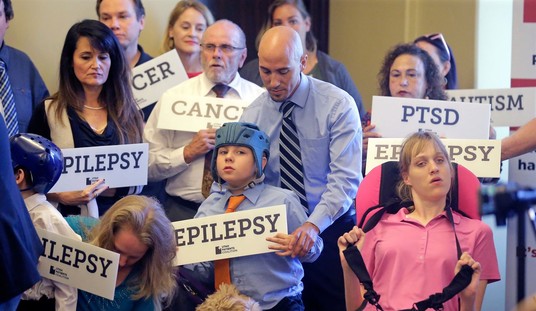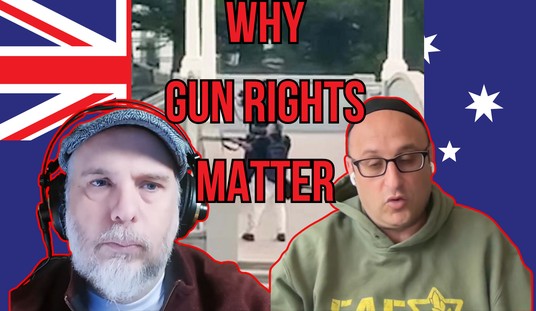Just days after Surgeon General Vivek Murthy declared "gun violence" a public health crisis in order to push for more gun control laws, a group of academics is now demanding that local news stations also start treating shootings as a public health issue. What does that even mean, and what would that approach look like?
For starters, it means an even more explicit push for new restrictions on the right to keep and bear arms from an industry that's already all too often allied with the gun control lobby.
Local television news reports rarely framed firearm violence as a public health problem, resulting in innumerable missed opportunities to inform the public and policy makers on evidence-based public health interventions. Public health practitioners should partner with firearm violence survivors to offer alternative perspectives to journalists reporting on firearm violence. Journalists should engage in opportunities for training in trauma-informed reporting practices and solutions journalism. Importantly, newsrooms should adopt a public health approach to reporting on firearm violence that advances the idea that firearm violence is preventable, by offering solutions that are evidence-based, providing resources to audiences, and utilizing the key elements of a public health frame for reporting on firearm violence.
The researchers looked at almost 200 news clips that aired in Philadelphia between January and June, 2021, and found almost all of them were lacking in what they deemed a "public health framing" of violence. Moreover, the researchers claim that what was reported was "harmful" to viewers.
The majority of stories (84.4%) contained at least one harmful element of news content, and the mean harmful content score per clip was 2.6. The most common harmful content elements were visual depiction of the crime scene, lack of follow-up story, no narrators apart from law enforcement, and clinical information about the firearm-injured person.
Yes, that's right. It's "harmful" for a news outlet to show video taken from the scene of a crime. Apparently they're supposed to show pictures of puppy dogs and daffodils as b-roll while the reporter informs their audience about a drive-by shooting. Even reporting on the number of times someone was shot or using a soundbite from a police officer is "harmful", according to these researchers, as ridiculous as that is.
Can you imagine tuning into the evening news and watching this on your TV screen?
Reporter: I'm standing at a random intersection a few blocks away from where the attempted carjacking took place, because we don't want to cause harm to our viewers by showing any images of where the crime took place. Police haven't identified the victim yet, but based on demographic trends we believe that the individual was a caring soul who liked to volunteer at their local food pantry. While we did speak with a sergeant at the scene, it would also be harmful to let you see that interview or to let you know the victim's current medical condition. Instead, we're joined by Agnes McGillicuddy, who's a volunteer with Moms Demand Action. Agnes, what can you tell us about the root causes of carjackings and what kind of public health solutions are available to prevent them?
There's a simple reason why local crime stories are reported the way they are: television news is all about immediacy, particularly when it comes to crime. I'm not talking about the "if it bleeds, it leads" mentality, but the basic fact that if an armed robbery or a carjacking happens at 2 p.m. and it's going to be covered on the 5 o'clock news, there's not a lot of time for reporters to gather details about the victim or perpetrator. They're going to get whatever details they can from a police department public information officer and any witnesses who happen to still be on the scene.
... the key elements of a public health frame were absent in the majority of Philadelphia television news stories on firearm violence. For example, data and epidemiologic trends were rarely used to contextualize firearm violence, root causes were mentioned in only 10.9% of segments, public health solutions were rarely discussed (10.4%), the word “prevent” was present in only 5 stories (2.6%), and resources were offered in just 4 clips (2.1%).
That's because these local news reports weren't about the root causes of violence or "public health solutions". They were about the crime itself; where it happened, who was victimized, who were the aggressors, and what action police have taken as a result. Most of the time these stories don't even get around to addressing why a violent crime was committed, because in most cases a motive isn't immediately known.
A "public health" approach to gun violence is ridiculous enough, but a "public health" approach to covering crime is downright nonsensical given that reporting on the facts of a crime is considered "harmful". These researchers want to replace real reporting with anti-gun advocacy, and the sad thing is that some news outlets will fall in line. In fact, I noticed the Philly NBC affiliate included a link to "additional resources for people or communities that have endured gun violence in Philadelphia" in a report on a shooting on Wednesday. That may be an innocuous addition, but it's also not nearly enough for the anti-gun academics behind this report.









